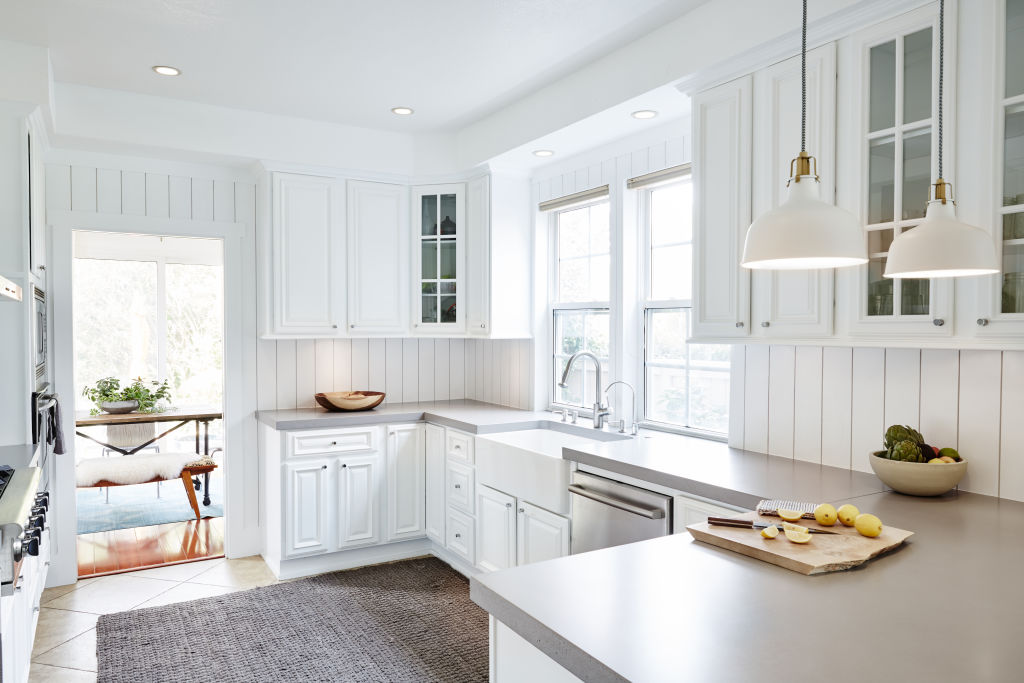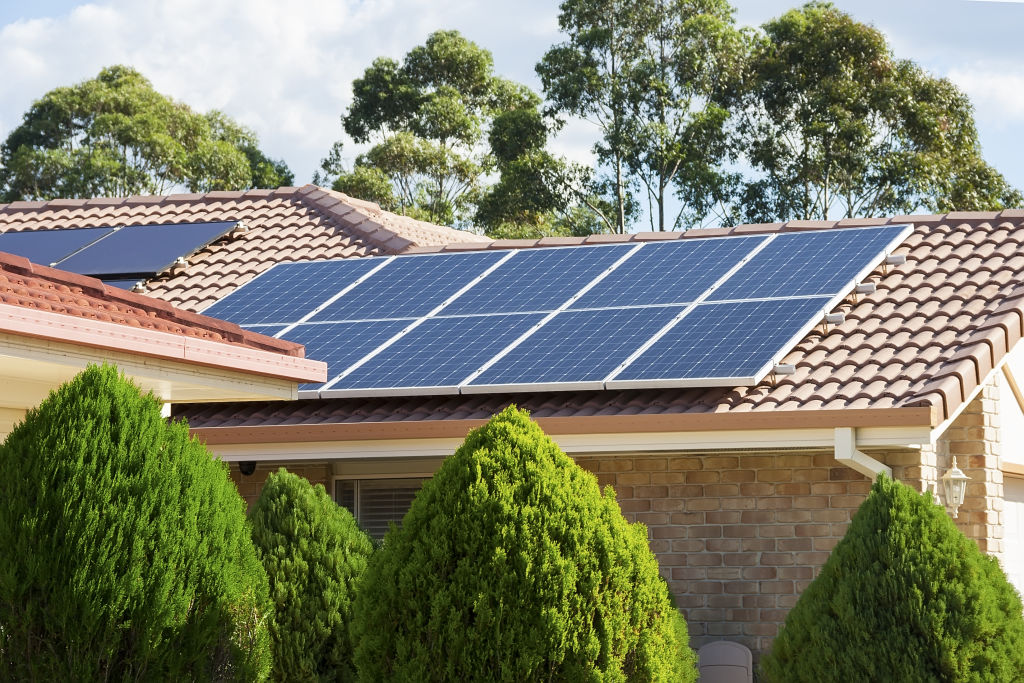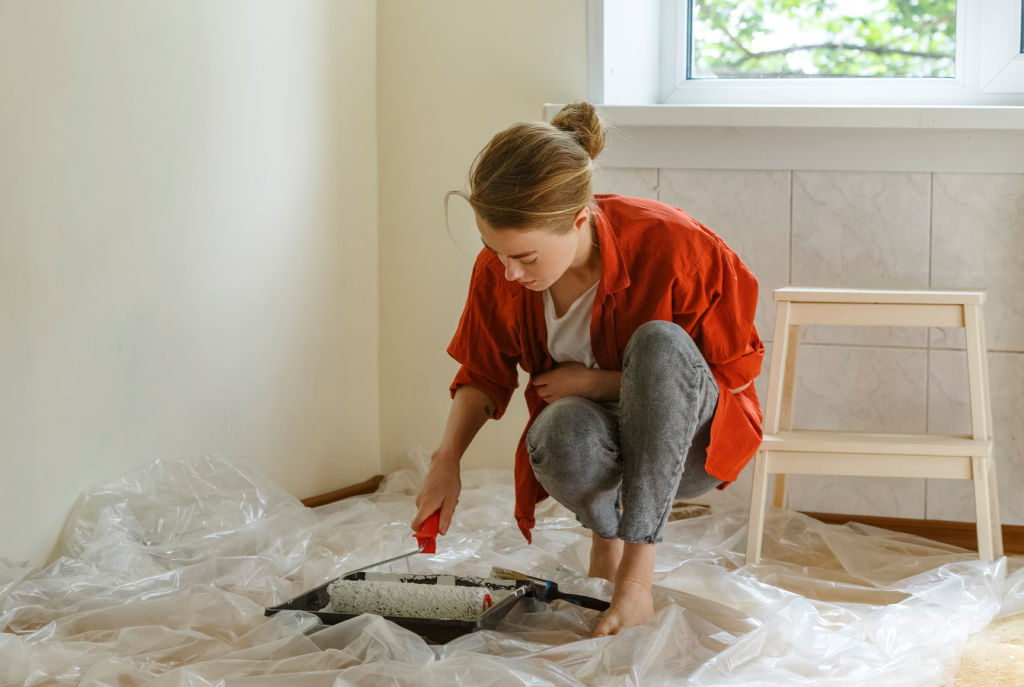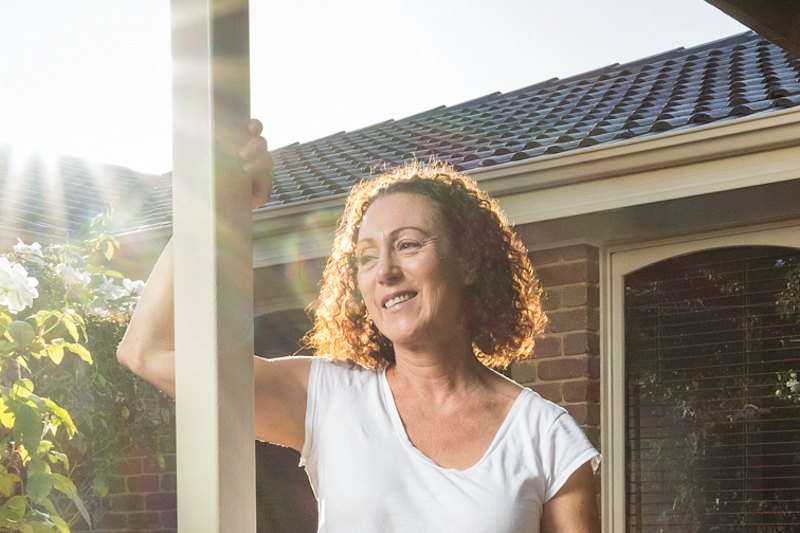Eight ways to make your new home more sustainable

Did you know that “temporal landmarks” such as moving house can offer a motivational push for making life changes?
This psychological phenomenon, known as the “fresh start effect“, is why moving house is the perfect time to start living more sustainably.
Whether it’s finally installing solar or simply adjusting your daily habits, start creating a more environmentally friendly household today with the following expert advice.
1. Complete a home energy audit
Discover exactly how much energy your household is using by tracking it with an energy monitor.
“They are only around $100, you can generally install them yourself and they give you great insight into what appliances are using what energy,” says David Green, director of renewable energy company Teho.
For a more comprehensive analysis of your consumption, including an inspection of your existing equipment and advice on energy saving opportunities, consider a home energy audit conducted by an external company.
“A home energy audit is like a road map on how to increase the efficiency of the home and reduce its energy consumption and its carbon footprint,” says Ahmad Fraij, director of Applied Energy Saving Solutions, an engineering company that specialises in energy saving.
2. Choose a carbon-neutral internet provider
Research conducted by Blisspoint Research for Belong in 2020 revealed only 8 per cent of Australians realise mobile data contributes to their carbon emissions, despite networks actually creating an estimated half a million tonnes plus of carbon dioxide every year.
“People often don’t think of the environment with telecommunications, but you are still creating a carbon footprint. You’ve got CO2 on your shoes,” says Belong chief executive Jana Kotatko.

If you’re a mobile or internet user, one way to offset these emissions is by choosing a carbon-neutral provider such as Belong, which became Australia’s first carbon-neutral mobile and internet provider accredited by Climate Active in 2019.
“The vast majority of Australians care deeply about the environment and want to make a sustainable choice, they just don’t know how to,” Kotatko says. “Our ethos is to remove the confusion around being sustainable, so we take care of that for you.”
Belong not only offsets the total carbon generated by its internal operations, but also the data usage of its customers. To achieve this, the company invests in projects that remove an equivalent amount of carbon from the atmosphere, including the Murra Warra Wind Farm in Victoria and Emerald Solar Park in Queensland.
Belong’s Carbon Thumbprint app allows users to track the impact of their mobile network data usage while knowing these emissions are automatically being offset by the company.
3. Offset other emissions
Beyond your mobile data usage, you can offset your household’s entire emissions by donating to initiatives through Trace, Greenfleet, GreenBeen or Carbon Positive Australia.
“Carbon Positive Australia has a detailed online calculator and also quick offsets based on household size, making it super simple,” says Rachel Main, founder of Good and Eco Interiors.
4. Install a solar system
Arguably the most effective way to improve your home’s energy efficiency is to install a solar photovoltaic (PV) system that’s both environmentally and financially beneficial in the long term.
“Our average customer saves around $1800 to $2000 per year once solar is installed, and generally has a financial return on their investment in around three and a half to four years,” Green says.

Installing solar may be a quicker process than you may expect, taking an average of two to six weeks from initial contact, Green says. Prices on systems are also competitive thanks to constantly improving technology, the national Small-scale Renewable Energy Scheme and additional rebates offered in some states.
“Looking at a common system size of 6.6 kilowatts, prices range from below $3000 all the way up to $10,000,” Green says. A good-quality system, with good-quality products and high-quality installation, should cost around $1000 per kilowatt.
5. Install curtains and double-glazed windows
According to Simon Clark, director of Sustainable Homes Melbourne and chair of Builders Declare Australia, windows are always the weakest element in a home’s exterior fabric.
Sustainable Homes Melbourne installs double-glazed windows as standard, but Clark says heavy curtains will be better than even the best performing window at keeping heat inside the home – and cost less, at around $200 to $300 per window.
Seals with a wooden or metal carrier are also an effective fix for incoming draughts, which Clark says cost around $100 per window or door.
6. Reduce VOCs
Volatile organic compounds (VOCs) are found in many home products, but breathing in low levels for long periods of time may increase some people’s risk of health problems.
“Many of the materials in our homes today have chemicals used in them to improve performance or reduce cost; the problem being some are more toxic than others,” Main says. “Not only are these chemicals not good for us to inhale, they are not easy to break down at their end of life.”

Reduce the presence of VOCs and other potentially harmful chemicals by choosing sustainably sourced Australian hardwood timbers or natural plywood finished in non-toxic wood stains or waxes wherever possible, as well as low-VOC paints.
“Low-VOC paints are now offered by most paint companies at a comparable cost, with the performance being just as good,” Main says.
7. Install underfloor insulation
Underfloor insulation is a game-changer for lessening your home’s dependency on artificial heating and cooling devices, and one of the most common modifications which Clark recommends to improve an existing home’s efficiency.
“Installing underfloor insulation can improve a home’s performance by 20 per cent and costs $3000 to $5000,” he says.
8. Change the temperature
A simple thing both renters and home owners can do to reduce their carbon footprint is adjust the temperature on their heater or air conditioner.
“As a rule of thumb, changing the temperature setpoint by one degree will change the energy consumption by 10 per cent,” Fraij says. “The most efficient settings are 19-21C for heating and 24-26C for cooling.”
As well as helping the environment, you’ll start seeing the financial benefits almost straight away.
Fraij also recommends setting your home’s water heater to not exceed 60C.
“You might need to call a plumber to change the setting for you, which can cost between $100 to $200.”
We recommend
We thought you might like
States
Capital Cities
Capital Cities - Rentals
Popular Areas
Allhomes
More







